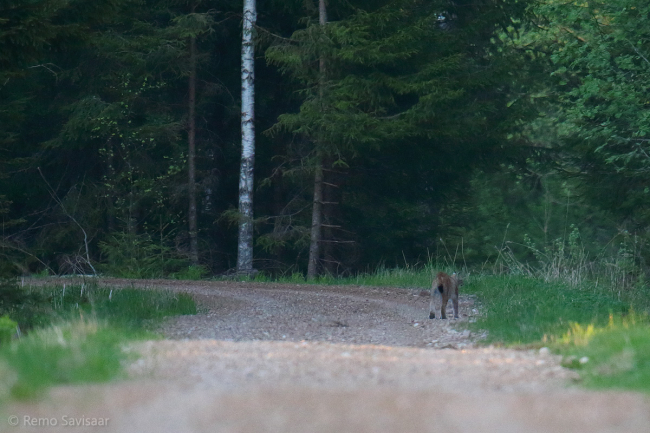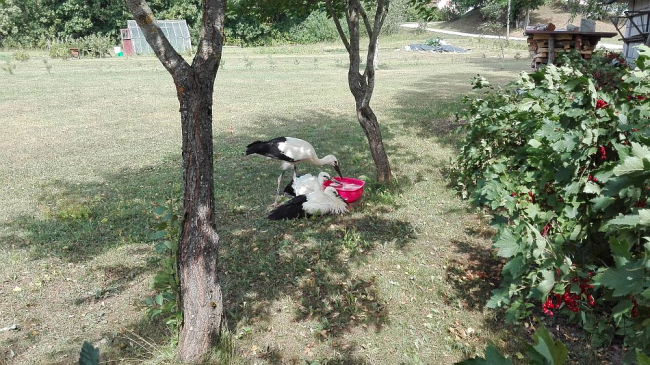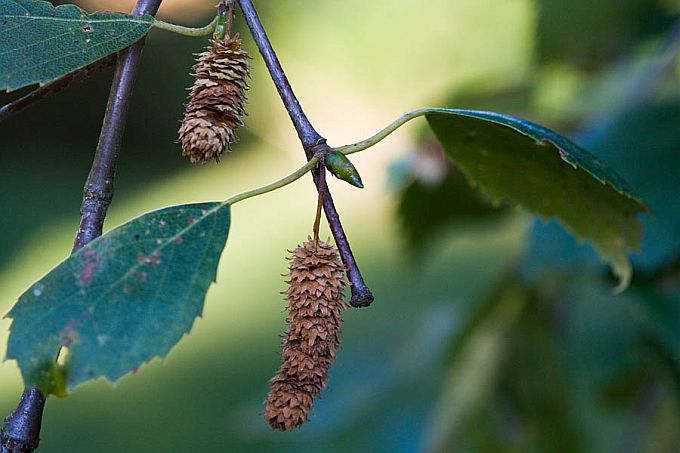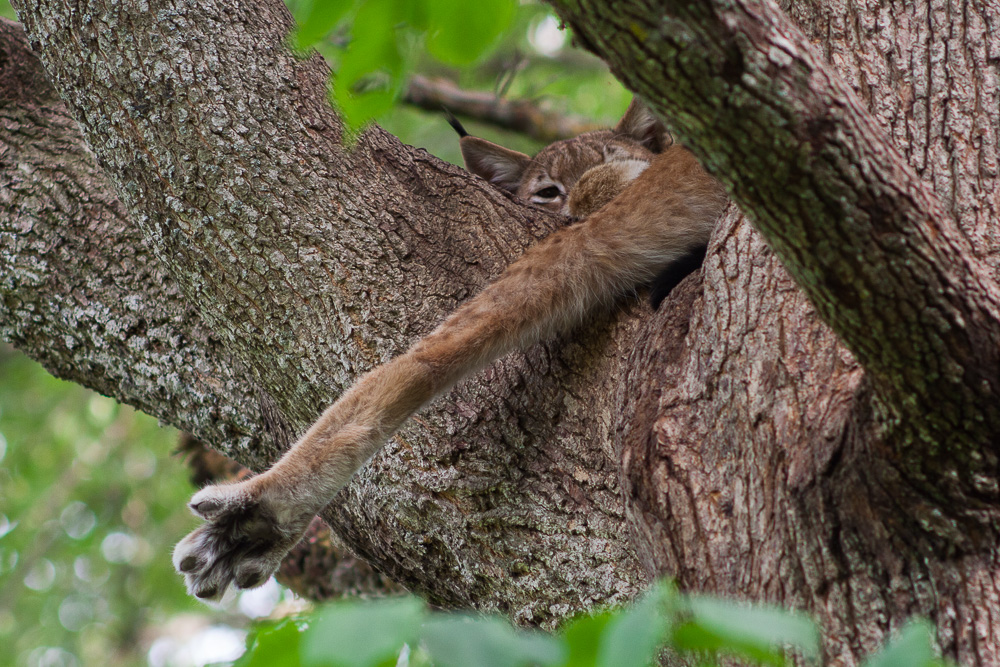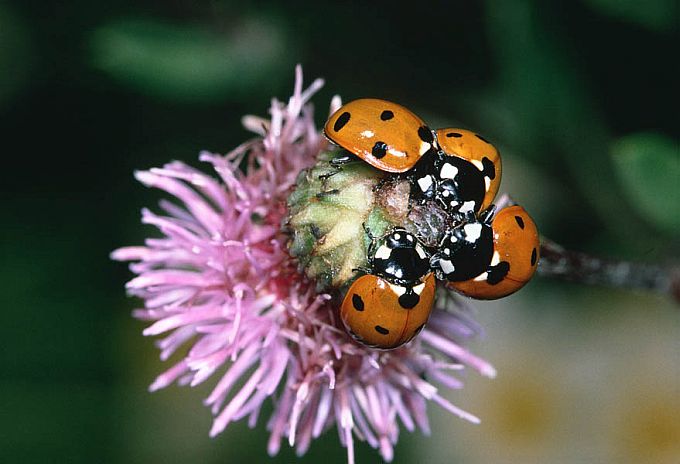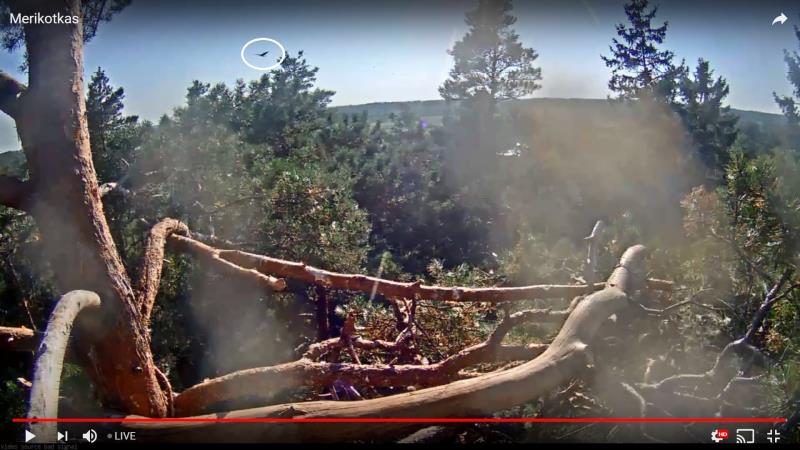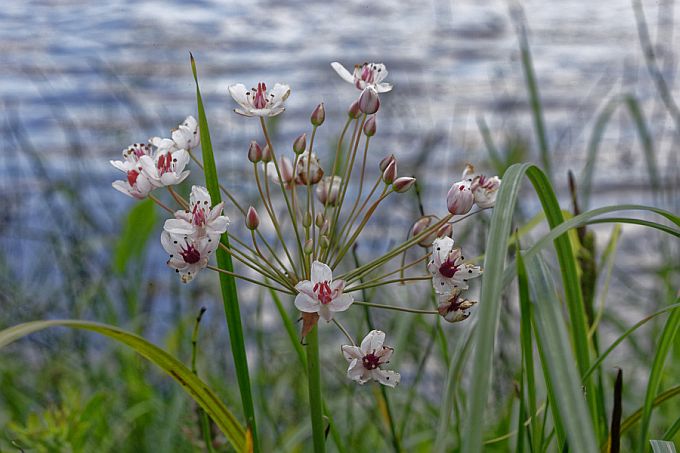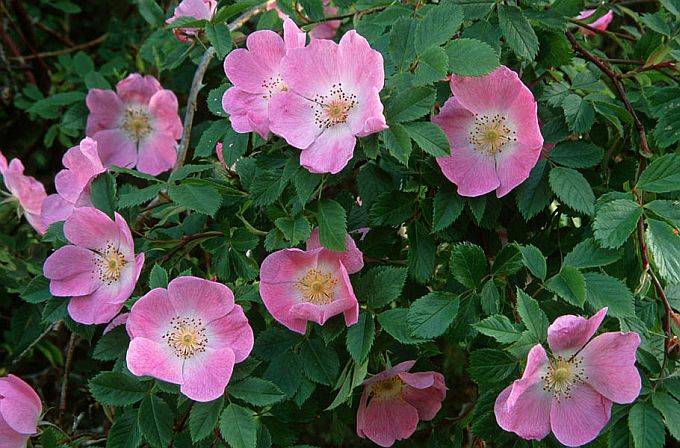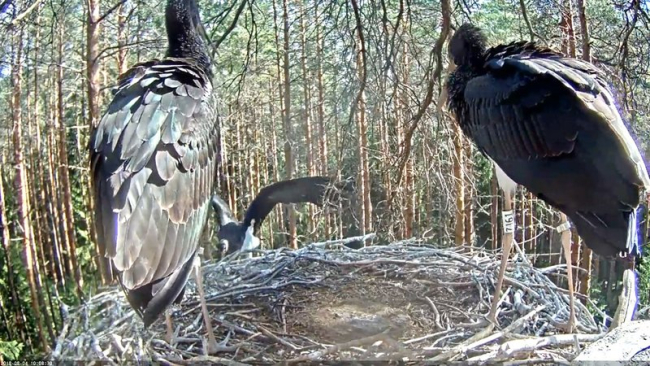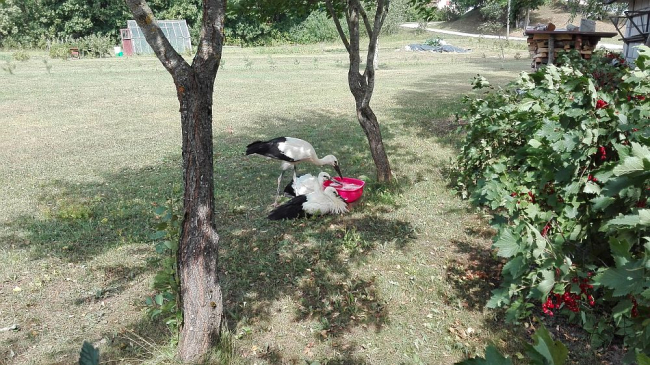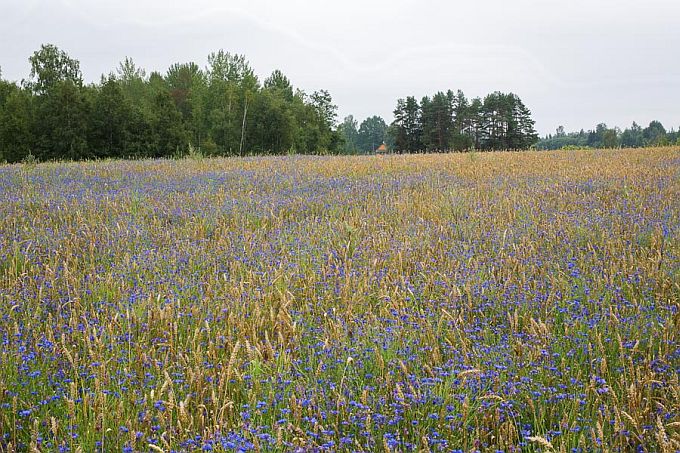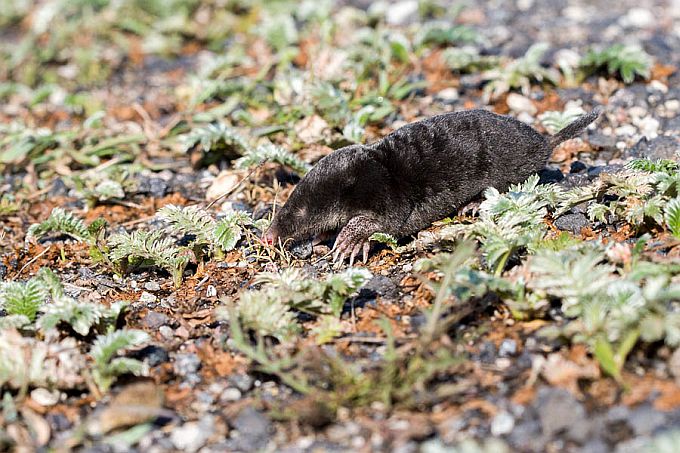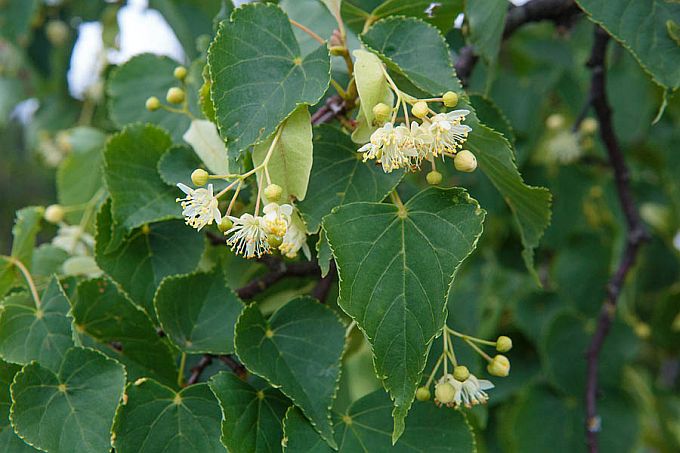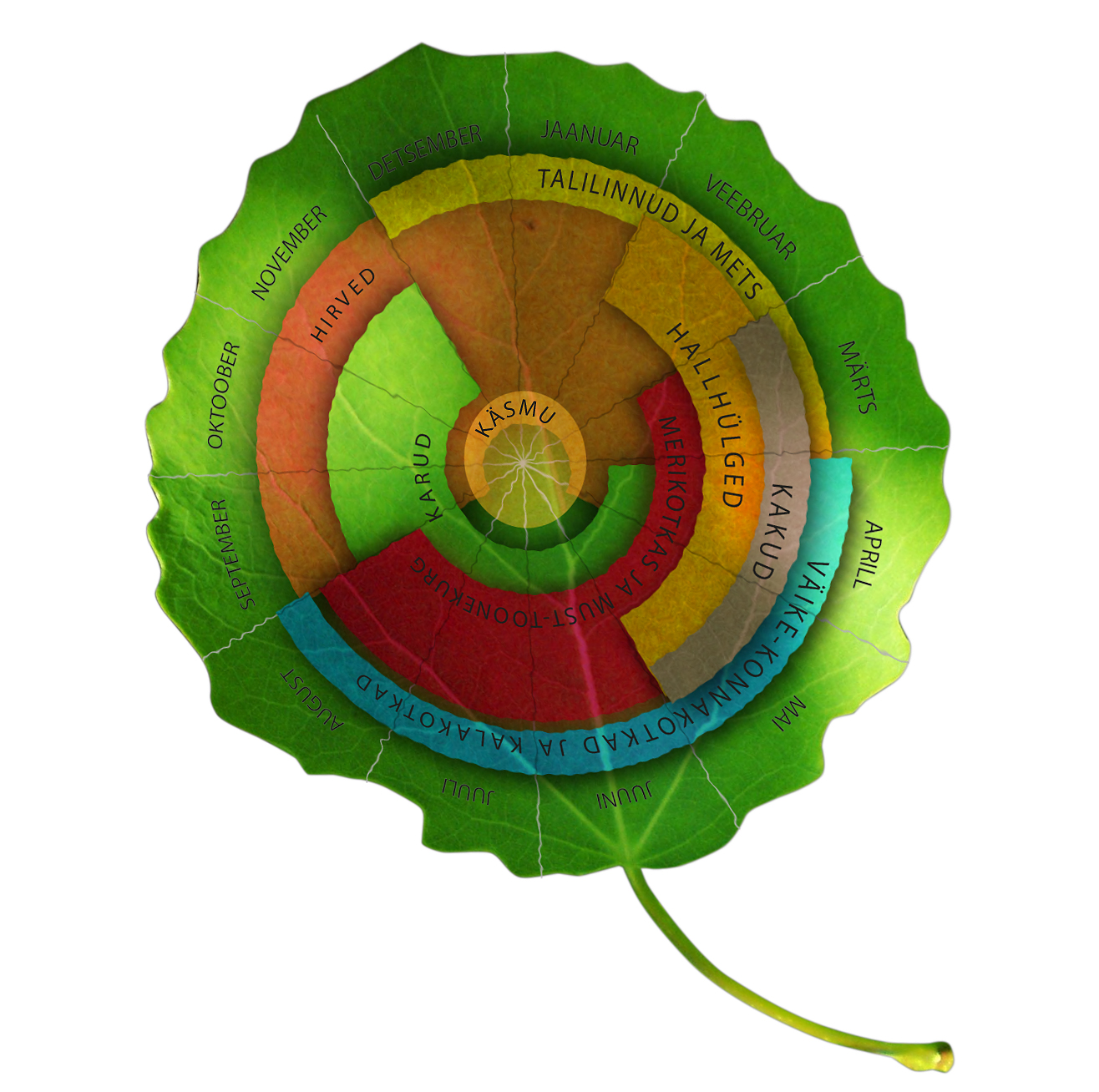How to meet a lynx?
Estonian text posted by the Animal of the Year Team 07.08.2018
English translation Liis
At the same time that the lynx kitttens are romping in the Elistvere animal park and you can go there and see them, Remo Savisaar teaches those who would like to meet a lynx in nature how to turn their wish into reality.
In May this year a nice number was fulfilled -10! Ten lynxes that I have met during the last three years in our nature. I will tell you a little story about the latest encounter.
